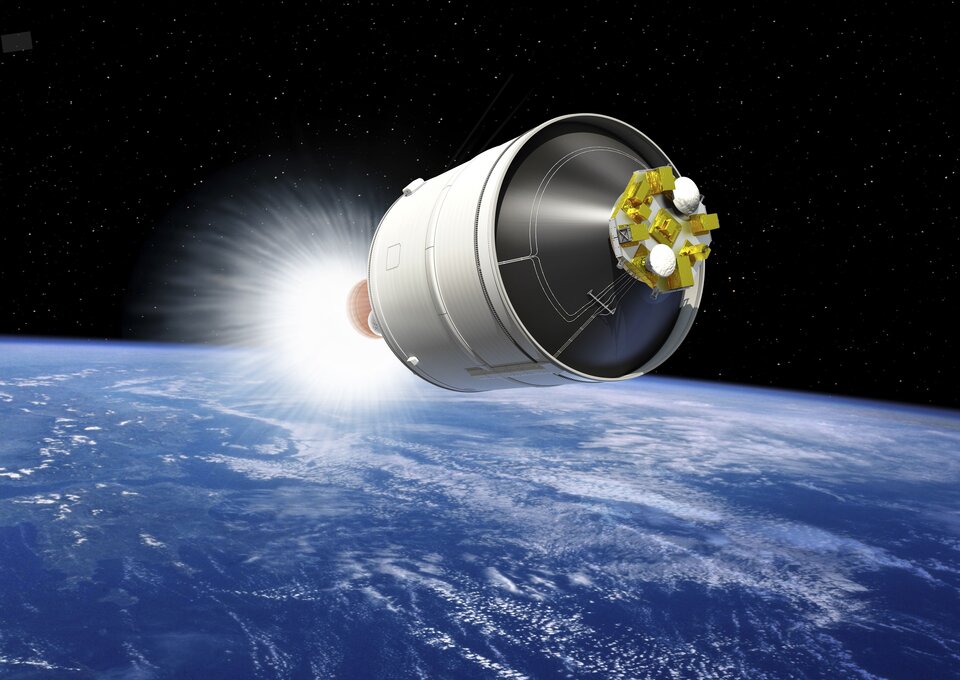
Europe's Ariane 6 rocket, a new heavy-lift launch vehicle developed by the European Space Agency (ESA) and Arianespace, is set to make its inaugural launch on July 9, 2024. The countdown for the much-anticipated event has begun as Europe's space industry prepares to regain independent access to space after relying on other providers like SpaceX over the past year due to delays in Ariane 6's development.
The Ariane 6 rocket, which stands at a height of 62 meters (203 feet), will lift off from Europe's Spaceport in French Guiana. The launch window opens at 15:00-19:00 local time on July 9, with coverage expected to start half an hour before liftoff on ESA Web TV.
The Ariane 6 rocket is a significant leap forward for European space travel, as it ensures guaranteed and autonomous access to space. The rocket's first stage uses the Vulcain 2.1 engine and two powerful P120C boosters, while the upper stage employs a Vinci engine capable of reigniting in zero gravity conditions.
The Ariane 6 launch will mark the start of a new era for European space travel, as it carries multiple satellite missions and experiments into orbit. Some of these missions include OOV-Cube, Curium One and Robusta-3A, with their onboard experiments YPSat and Peregrinus activated during the upper stage's reignition phase.
The Ariane 6 rocket's first flight will demonstrate its ability to match a typical flight profile of its predecessor, the Ariane 5 ECA version. Following this phase, the upper stage will reignite and deploy eight satellite missions and all onboard experiments. The final phase pushes the cryogenic upper stage to its limit, validating its ability to perform under microgravity conditions.
The controlled deorbit back through Earth's atmosphere over the 'NEMO point' in the South Pacific prevents possible explosions and debris, ensuring a safe return for Europe's new heavy-lift rocket. With this launch, Europe will once again have independent access to space and all of the possibilities it entails.






